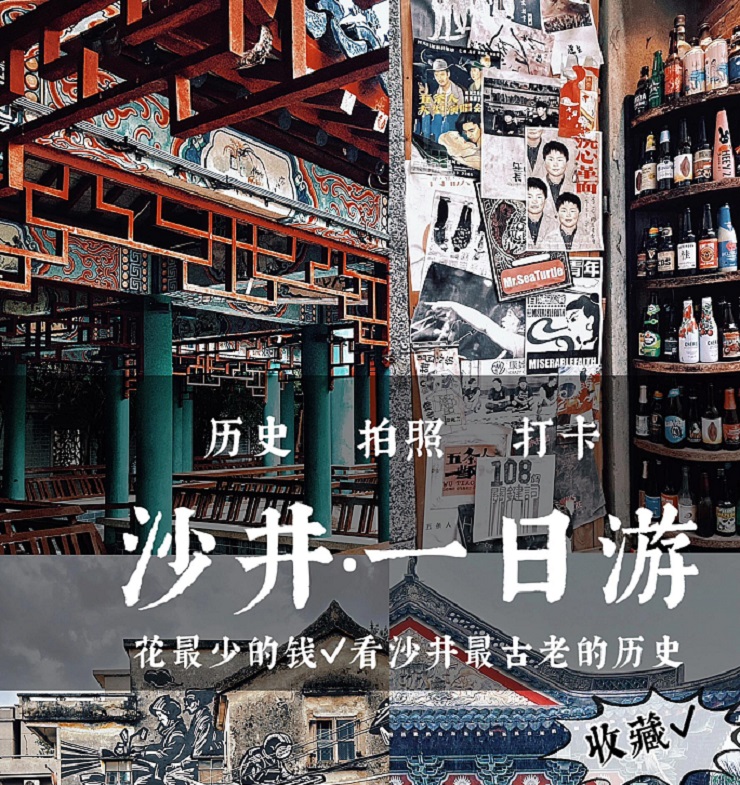If you’re looking to explore the rich history and ancient culture of Shenzhen, this route is perfect for you! From modern plazas to ancient relics, this itinerary takes you on a journey to some of Shenzhen’s most iconic historical spots. With plenty of photo opportunities along the way, you’ll experience the charm of the city from its urban landscape to its historical villages.
1️⃣ First Stop: [Xinqiao Civic Plaza] – The “Little Rome” of Shenzhen
Our first stop is Xinqiao Civic Plaza, also known as the “Little Rome” of Shenzhen. The entire plaza is built in a European architectural style, with grand columns, arches, and statues reminiscent of classical Western cities.
This location offers a dreamy backdrop for photos, making it a great place for those who love European-style architecture. Don’t forget to bring your camera and capture this unique fusion of ancient Roman vibes in the heart of Shenzhen.
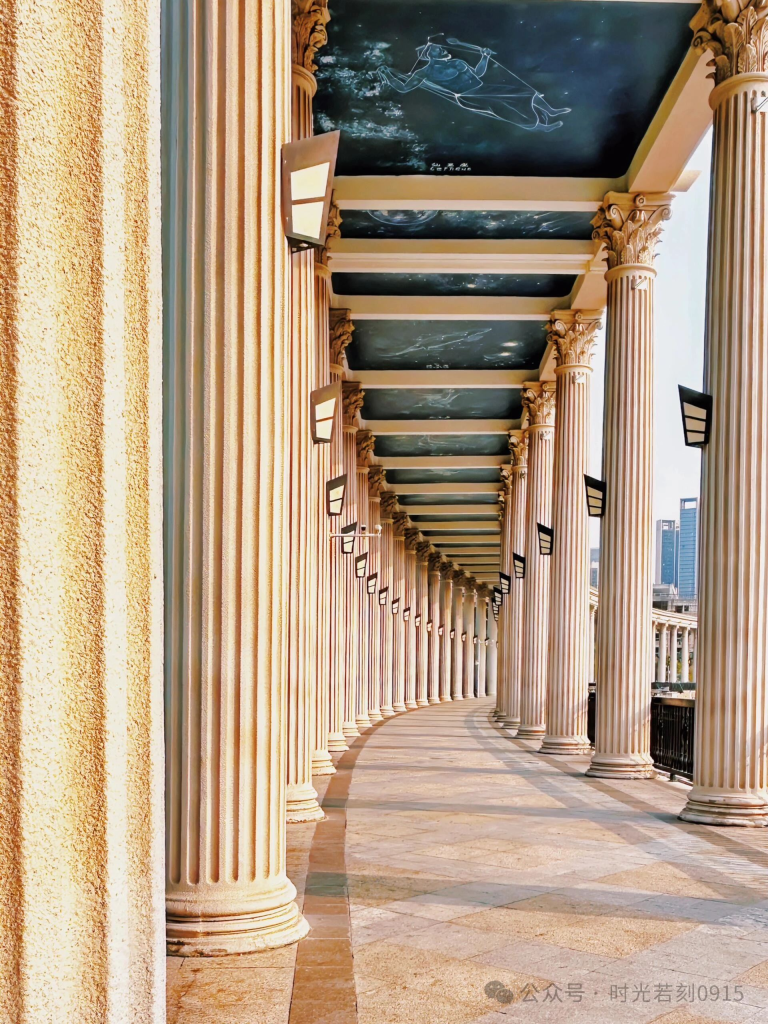
2️⃣ Second Stop: [Wanjing Tower] – A National Style Photo Spot
Next, we head to Wanjing Tower, a beautiful blend of Ming Dynasty-inspired architecture and elements of Suzhou-style gardens. The tower is small yet exquisitely designed, with winding paths, traditional pavilions, and serene ponds. Every corner offers a picturesque setting for photography.

This location is perfect for those who enjoy taking photos in traditional Chinese attire. Whether you’re in a Hanfu or just love the aesthetics of ancient Chinese architecture, Wanjing Tower provides the ideal backdrop for creating timeless photos.


3️⃣ Third Stop: [Qingping Ancient Market] – Shenzhen’s Largest Historical Street
Our third destination takes us to Qingping Ancient Market, which dates back to the Southern Song Dynasty. It is the largest surviving mixed-use historical district in Shenzhen, with a unique layout that combines “river, street, and market.”
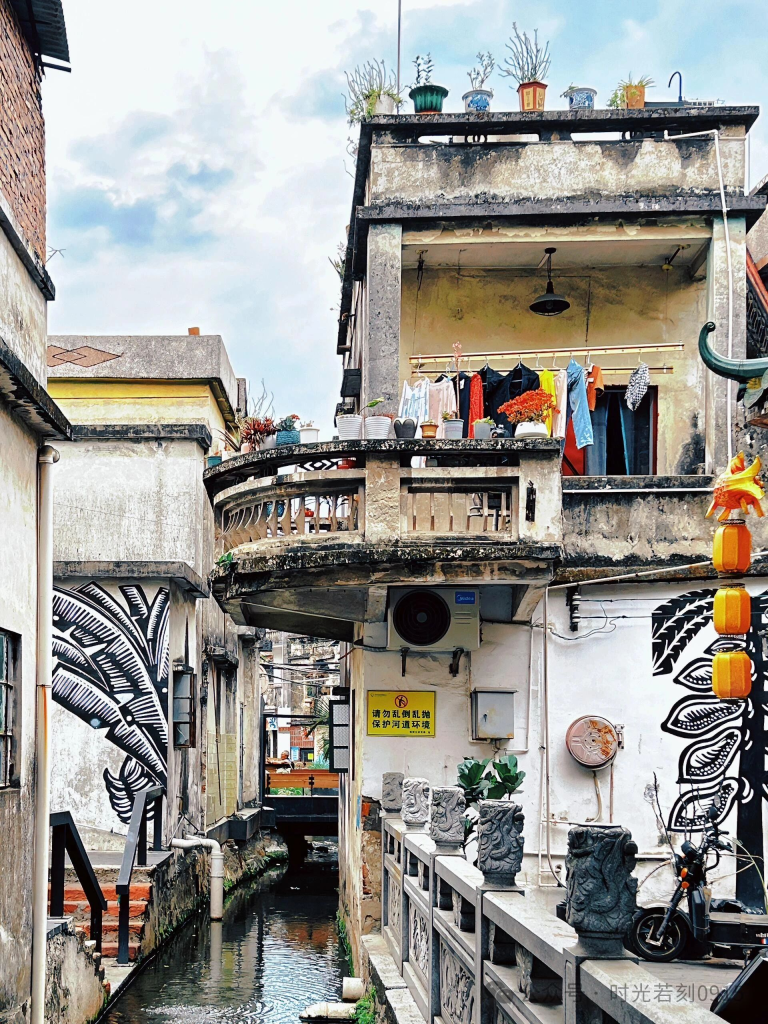
Here, you can visit historical landmarks like the Yongxing Bridge, Xinqiao Grain Warehouse, and Guang’an Pawnshop. The market is set to evolve into a film town in the future, making it an emerging cultural hub. Walking through the old streets, you’ll feel like you’re stepping back in time, surrounded by the preserved architecture and rich history of the area.
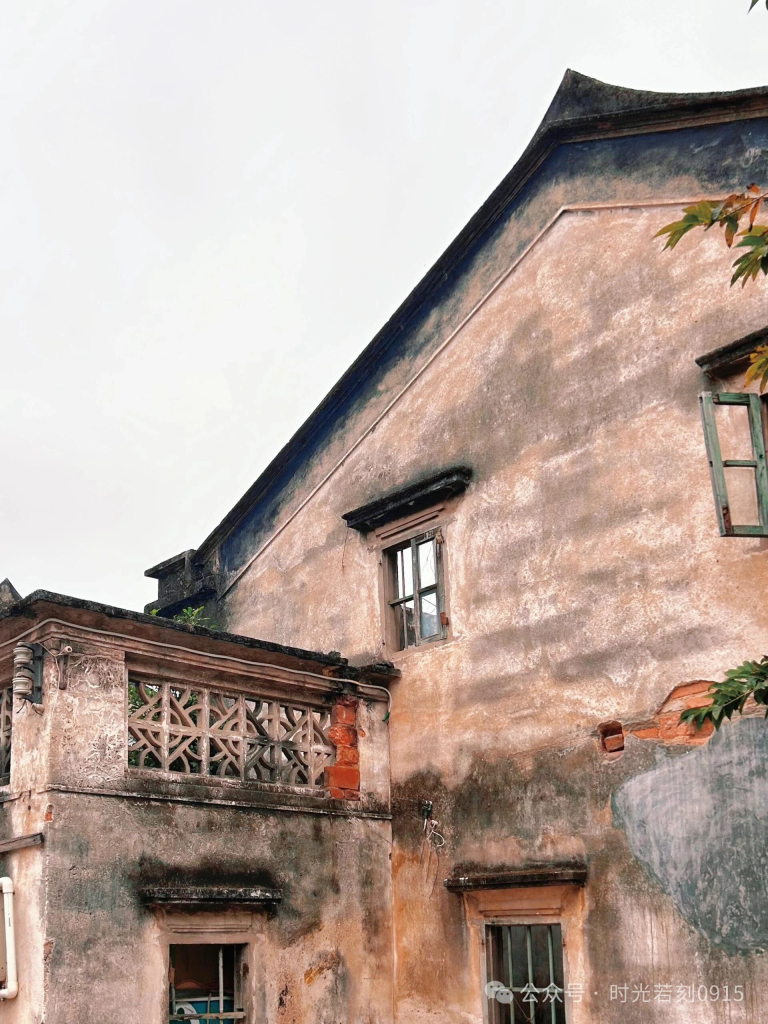
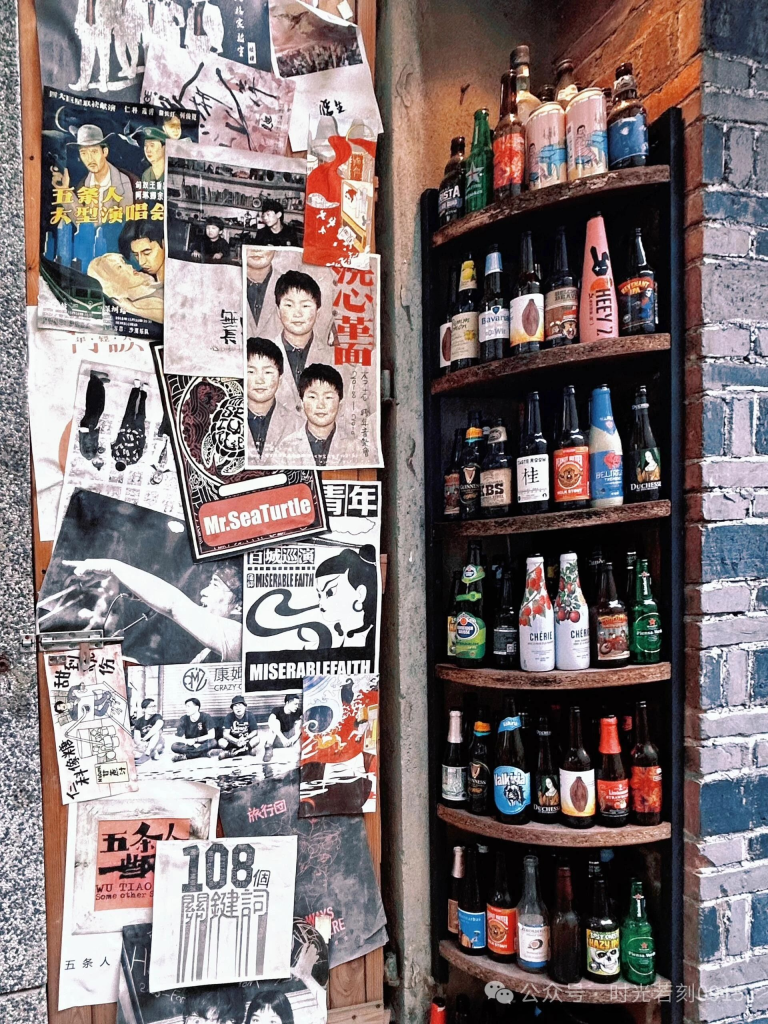

4️⃣ Fourth Stop: [Shajing Ancient Market] – A Historical Treasure Trove
The final stop on our itinerary is Shajing Ancient Market, the largest and most well-preserved historical district in Shenzhen. With 43 ancestral halls and 88 historical relics, it feels like an open-air museum. Every stone step, ancient well, and old temple tells the story of Shenzhen’s past.
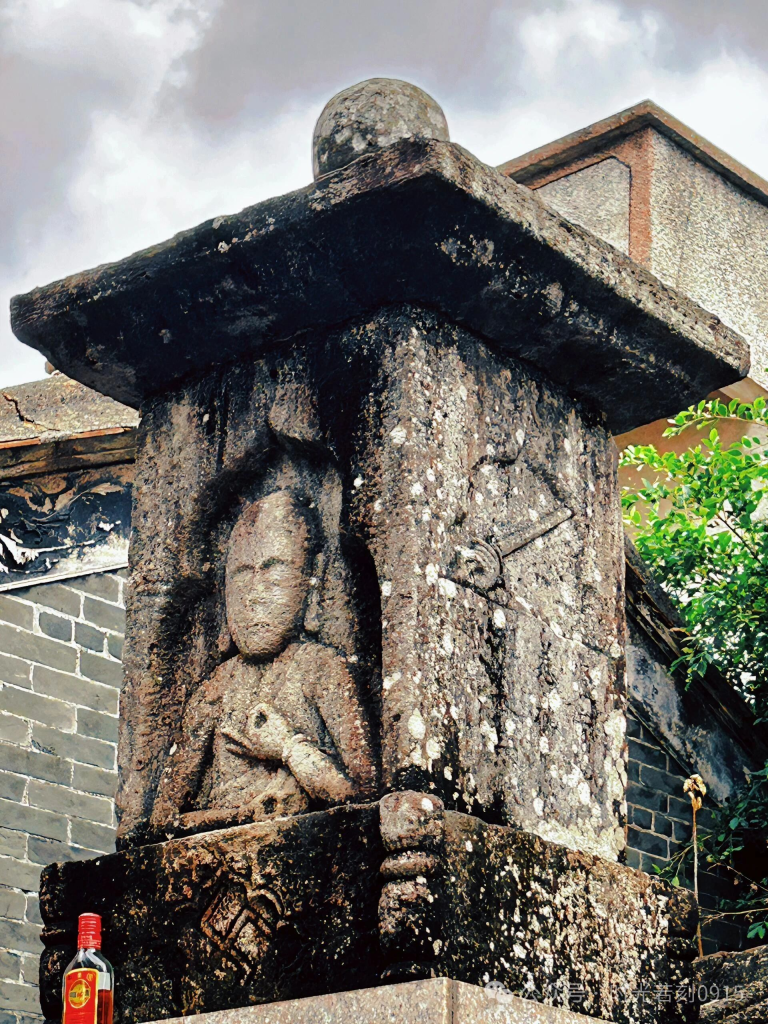
One must-see landmark is the [Longjin Stone Pagoda], an 800-year-old structure built during the Song Dynasty. Standing along the Longjin River, this ancient pagoda has witnessed centuries of change and continues to guard the Shajing area. Other notable sites include the [Chen Family Ancestral Hall] and the numerous old alleyways and temples that are perfect for photo ops.
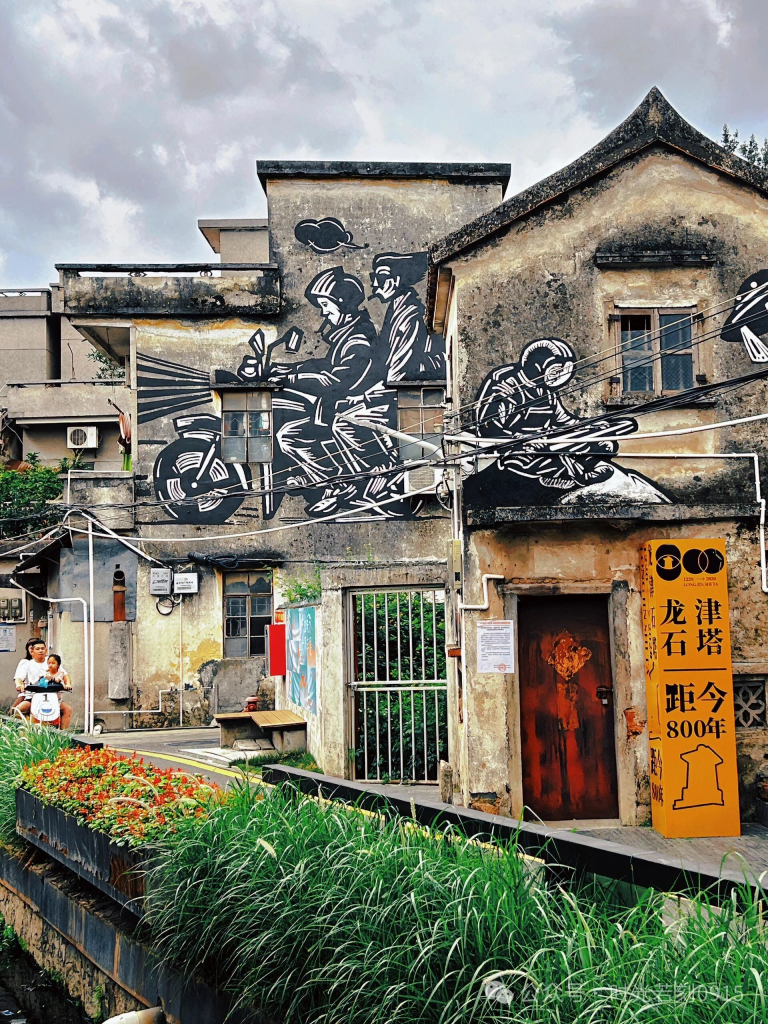
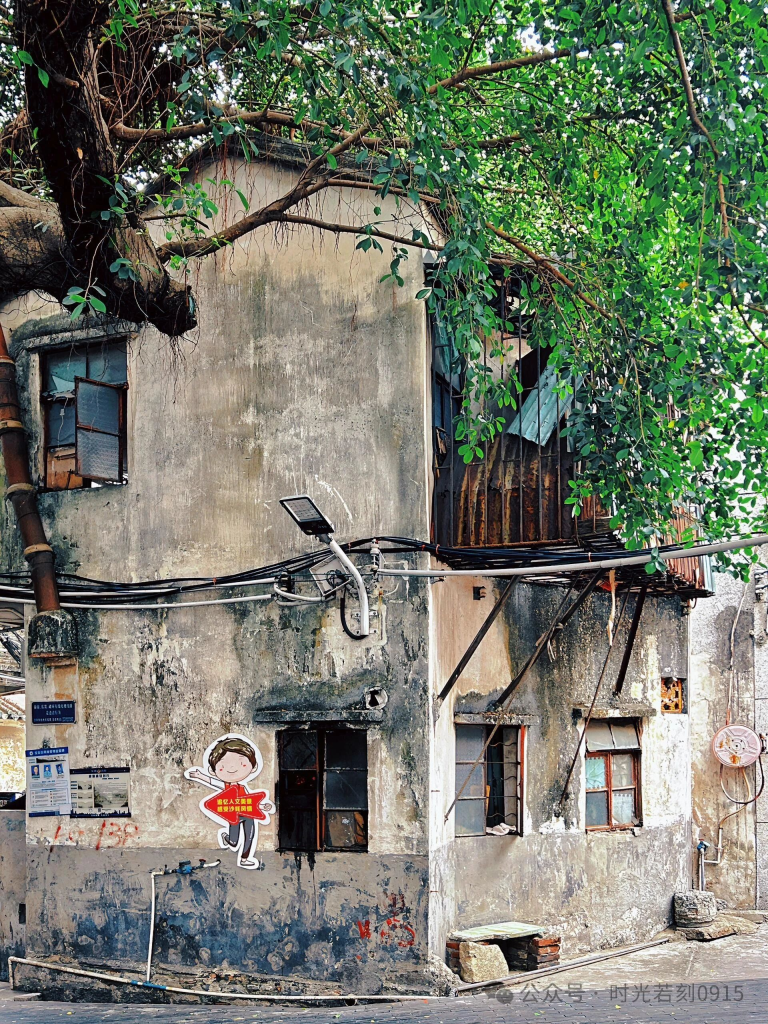
The Unique Culture of Shajing
Shajing is also famous for its oyster culture. The history of oyster farming in Shajing dates back to the Song Dynasty, and today, it remains one of Shenzhen’s most celebrated local industries. At the Shajing Oyster Heritage Experience Museum, you can learn about the techniques used to produce oyster products and gain a deeper understanding of this local tradition.
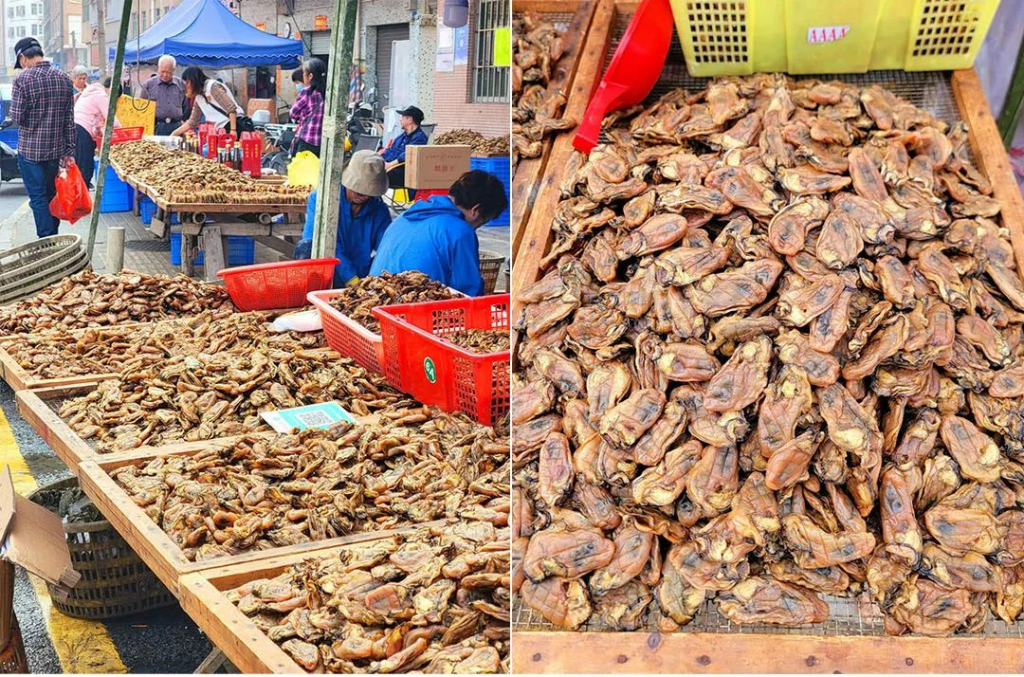
This itinerary not only takes you through Shenzhen’s most historically significant areas but also offers a wide range of cultural experiences. From European-style plazas to Chinese ancient villages, this journey allows you to explore the diverse beauty and history of the city.
